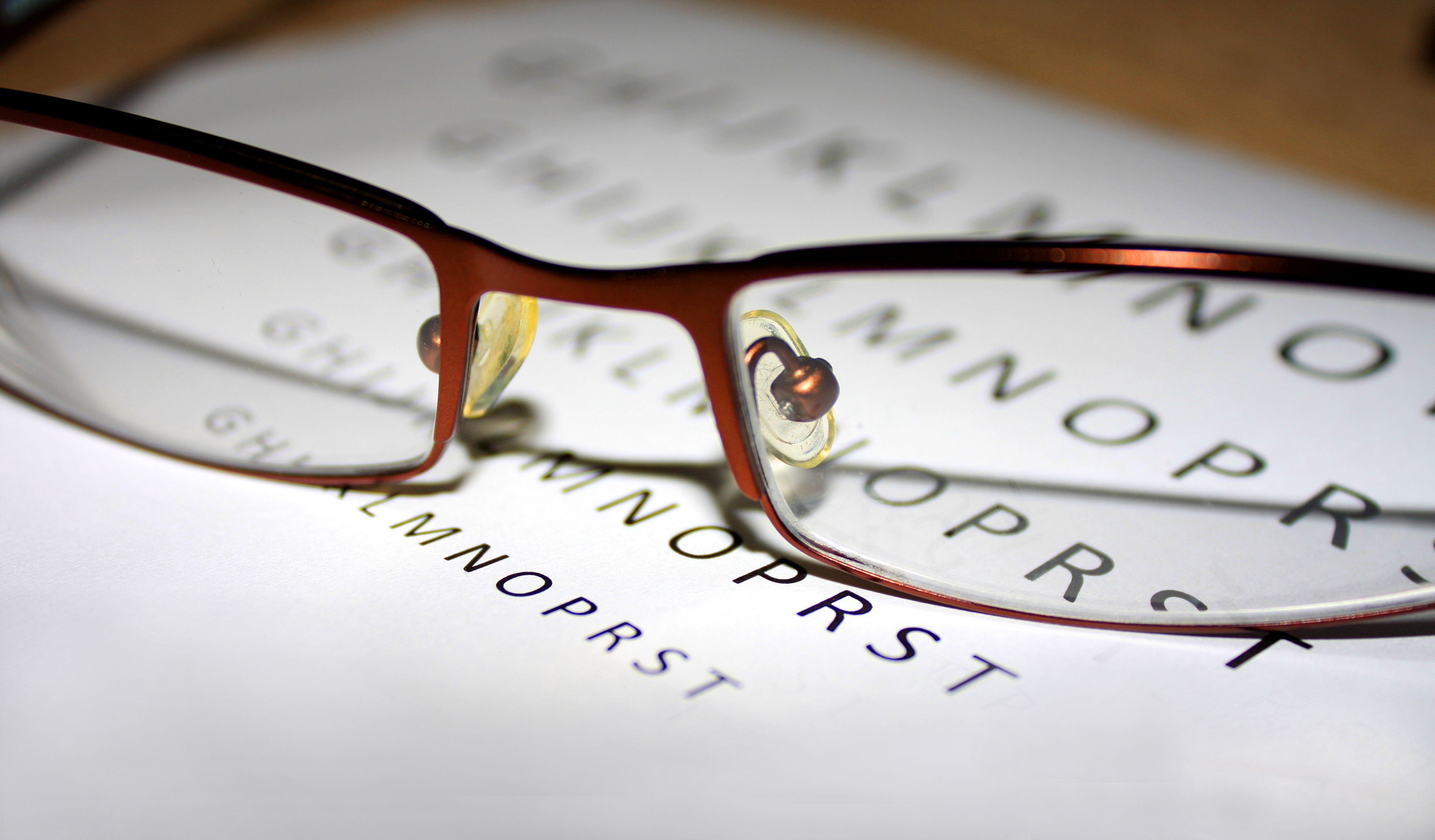Article
Can Red Light Exposure Improve Eyesight?
Author(s):
Looking into a deep red light for 3 minutes each day may significantly improve declining eyesight, according to a study published in Journals of Gerontology.
Looking into a deep red light for 3 minutes each day may significantly improve declining eyesight, according to a study published in Journals of Gerontology.
“The age spectrum of human populations is shifting towards the elderly with larger proportions suffering physical decline,” the researchers explain. The retina, in particular, ages faster than other organs, with a 70% adenosine triphosphate (ATP) reduction over life and a significant decline in photoreceptor function.
As mitochondria assist in cellular function in the form of ATP, the mitochondria significantly influence the pace of aging. They also possess specific light absorbance characteristics that impact their performance. For example, longer wavelengths spanning 650 to up to 1000 nm can improve mitochondrial complex activity and ATP production.
“Mitochondrial density is greatest in photoreceptors and their decline can be linked to reductions in retinal function and the onset of age-related disease,” the authors write. However, because mitochondria absorb longer wavelengths, including those beyond the limits of human vision, aged mitochondrial performance can be optically improved through photobiomodulation.
To test whether brief daily exposure to 670 nm can improve aged human retinal function, the researchers conducted a study with 24 healthy subjects, ranging in age from 28 to 72 years. Older patients were classified as such if they were older than 38 years. The cohort was divided into groups where participants underwent different tests to measure rod (scotopic) thresholds and color contrast sensitivity (CCS).
The CCS group consisted of 6 younger (5 female) and 6 older (4 female) subjects while the scotopic threshold group included 6 younger (4 female) and 6 older (4 female) participants. For 2 weeks, participants used 670-nm light devices to illuminate their dominant eye every morning for 3 minutes.
To assess CCS, the researchers measured color contrast thresholds across the protan (red visual axis) and tritan (blue visual axis) axes both prior to and after 670-nm exposure. To test rod thresholds, subjects had their pupils dilated and dark adapted for 40 minutes. Investigators used the Medmont dark-adapted chromatic perimeter to measure retinal sensitivities.
At baseline, individuals older than 40 exhibited signs of visual function decline. Specifically, “in the tritan axis, baseline color contrast sensitivity increased significantly over about 40 years compared to younger subjects by [a] maximum of 47% and an average of around 20% (P ≤.0001).”
Data analyses revealed:
- Over the total group spanning ages 28 to 68 years, there was a significant 14% improvement (P ≤ .01) in tritan thresholds after exposure to 670 nm
- In those over the age of 38, there was a 22% improvement (P ≤.001), while younger individuals showed no change (P >.05)
- Protan thresholds showed no change after 670-nm exposure in the younger group (P >.05), but did improve by approximately 10% in the older subjects, although this finding was not statistically significant (P >.05)
- Improved sensitivity of scotopic thresholds was found in 8 of the 12 subjects, 3 of which were under the age of 40
“We show improved aged human photoreceptor function following relatively brief exposure to 670-nm light that modulates mitochondria,” the researchers conclude. “But there were differences between protan and tritan thresholds reflecting different features specific to the two cone color systems.”
The authors hypothesize the progressive yellowing of the human lens with age, which will absorb shorter wavelengths, may influence tritan sensitivity. However, they concede they do not know what mitochondrial elements absorb the wavelengths, their dynamics, or any downstream interactions.
"The technology is simple and very safe, using a deep red light of a specific wavelength, that is absorbed by mitochondria in the retina that supply energy for cellular function,” said Glen Jeffery, PhD, an author of the study. "Our devices cost about 12 pounds [USD $15] to make, so the technology is highly accessible to members of the public."
Reference:
Shinhmar H, Grewal M, Sivaprasad S, et al. Optically improved mitochondrial function redeems aged human visual decline. J Gerontol A Biol Sci Med Sci. Published online June 29, 2020. doi:10.1093/gerona/glaa155





